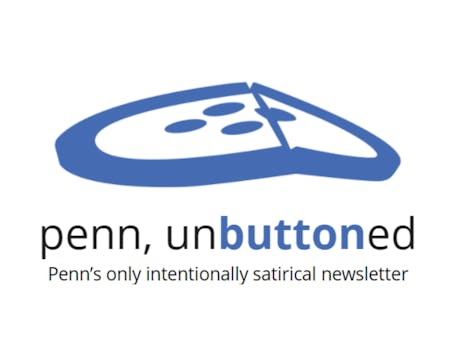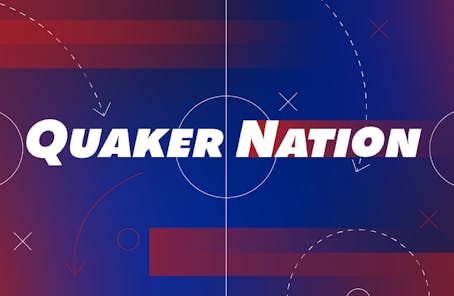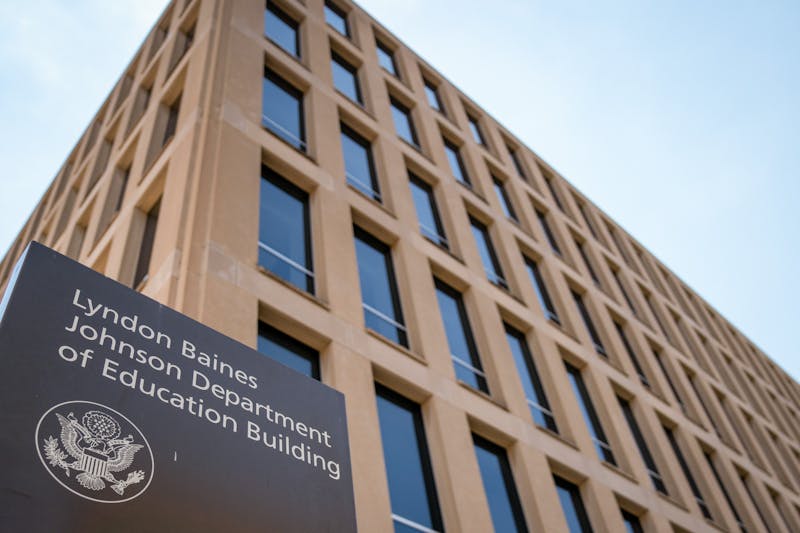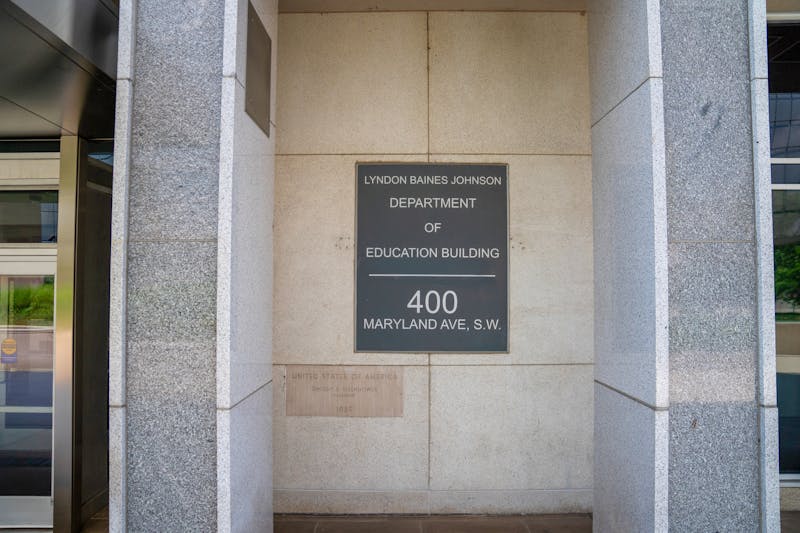
Senior columnist Ananya Shah asserts that prioritizing investment in student-athletes is crucial for fostering campus spirit and maintaining competitiveness in Division I sports.
Credit: Samantha TurnerI think we can all agree that Penn excels across the board. We’re a hub for cutting-edge research, top-tier academics, and high-performing extracurriculars. But when it comes to athletics, there’s a glaring blind spot that Penn — and the Ivy League at large — has conveniently chosen to ignore: the absence of athletic scholarships.
Since 1954, the Ivy League has clung to its “no merit or athletic scholarships” policy like it’s a badge of honor. But in reality, it’s a competitive disadvantage. Penn is one of the few Division I schools in the country that doesn’t offer athletic scholarships, yet we’re paying the price — literally and figuratively.
Penn isn’t missing out on elite student-athletes because they don’t value a Penn education — they do. Today’s recruiting landscape values more than just academic prestige, though. When other top universities offer both a world-class education and a full athletic scholarship, it’s only natural that the most talented players will choose the school that supports them on all fronts — financially, academically, and athletically.
Sure, Penn can argue that the prestige of this place is enough of a draw, but that argument rings hollow for students from low- and middle-income backgrounds. This isn’t about convincing athletes that Penn is a great school. They already know that. It’s about giving them a financially viable option to succeed here instead of somewhere else.
This policy doesn’t just hurt our athletic prowess — it drains campus culture. At a time when student life feels more fragmented than ever, sports are one of the few forces that can unify us. Just look at the University of Michigan, Duke University, or the University of Southern California. Their games are campus-wide events. Their student-athletes become campus celebrities, igniting their school spirit. Beyond graduation, alumni still feel connected with their school by watching games from afar or heading back to their alma mater for famous rivalry games.
Here at Penn, our student sections are often half-full, and games don’t get the buzz they deserve. That’s not a reflection of our athletes — it’s a reflection of the support behind them. Our student-athletes put in the work. They train, compete, and represent this school with everything they’ve got. The issue isn’t talent or dedication — it’s that we haven’t built an infrastructure that rallies the community around them.
If we invested in athletics the way we invest in Wharton info sessions, we could create something bigger than just good teams: We could build a culture that people are proud to be part of.
And there are signs of momentum. A former five-star recruit just committed to Penn men’s basketball. The University recently hired a new coach, Fran McCaffery, in hopes of revitalizing the program. Even he acknowledged the uphill battle: “We know that we have some challenges with regard to being a need-based institution in a world where guys are getting paid.”
In today’s college sports landscape, where name, image, and likeness deals and full scholarships are increasingly the norm, being need-based simply isn’t enough. NIL refers to a policy shift that allows college athletes to earn money through sponsorships, endorsements, and other ventures that use their personal brand — something that was prohibited until recently. As a result, student-athletes are now compensated in ways that go beyond tuition, and schools with robust NIL programs have a clear recruiting advantage. We are asking our coaches to compete at a national level without giving them the tools other schools take for granted.
Yet around campus, there’s still a hesitancy — a belief that athletic scholarships would unfairly prioritize student-athletes over others. But that view ignores the reality of college sports today. Penn’s athletes already balance grueling training schedules with a demanding academic load. Scholarships aren’t about giving them special treatment — they’re about recognizing that supporting top talent benefits the entire community beyond the court or field.
The landscape of college athletics is evolving. With the rise of NIL opportunities and recent legal developments challenging the NCAA’s amateurism model — which historically barred athletes from receiving compensation to preserve their status as “amateurs” rather than paid professionals — schools can now directly compensate athletes for their labor and the use of their NIL. Clinging to outdated traditions risks leaving our athletic programs — and by extension, our University community — behind.
It’s time to let go of outdated Ivy League policies that no longer serve us. If we want to compete, we need to invest. Offering athletic scholarships isn’t a radical idea — it’s a necessary first step toward building a more spirited, inclusive, and competitive Penn.
ANANYA SHAH is a College first year from Bonaire, Ga. studying political science and economics. Her email is aoshah@sas.upenn.edu.
The Daily Pennsylvanian is an independent, student-run newspaper. Please consider making a donation to support the coverage that shapes the University. Your generosity ensures a future of strong journalism at Penn.
Donate






